Breaking Down Creativity: A Graphic Design Case Study on Successful Advertising
Introduction
In the world of advertising, a great ad isn’t just about selling a product—it’s about storytelling, emotion, and connecting with an audience. Behind every successful advertisement lies a meticulous graphic design process that balances creativity, strategy, and execution. In this blog, we dive into an ad case study to explore how thoughtful graphic design contributed to a campaign's impact and success.
By analyzing the process, challenges, and outcomes, we’ll uncover the key ingredients that make an ad not just good, but unforgettable.
The Ad Campaign: A Case Study
Brand: Coca-Cola
Campaign Name: “Share a Coke”
Objective: To increase brand engagement and personalize the Coca-Cola experience for consumers worldwide.
Background
In 2011, Coca-Cola launched the “Share a Coke” campaign in Australia, which quickly became a global phenomenon. The concept was simple: replace the iconic Coca-Cola logo on bottles with popular first names, nicknames, and phrases, encouraging customers to “share a Coke” with someone special.
The campaign aimed to connect with younger audiences and reignite a personal connection to the brand, making it not just a beverage but a conversation starter.
Graphic Design Elements That Made It Work
1. Typography and Customization
-
- Coca-Cola retained its classic Spencerian script font for the brand logo while introducing bold, modern sans-serif fonts for the personalized names.
- This juxtaposition maintained brand recognition while making room for individuality.
2. Color Psychology
- Coca-Cola’s iconic red served as the consistent backdrop, evoking feelings of excitement, passion, and joy.
- The white text provided strong contrast, ensuring legibility and visual appeal.
3. Packaging Design
- The layout was carefully adapted to accommodate different name lengths while retaining balance and visual harmony.
- The clean, minimalist design ensured the focus remained on the personalized text.
4. Interactive Visuals for Digital Ads:
- Coca-Cola extended the campaign to social media, featuring animations of bottles and cans with names dynamically appearing.
- The interactive visuals encouraged users to search for their own names or share custom designs online, fostering engagement.
5. Scalability Across Platforms:
- The design was adapted for billboards, vending machines, and digital screens, ensuring a cohesive look across all advertising mediums.
Challenges in Design Execution
-
Global Diversity:
- With the campaign rolling out in multiple countries, Coca-Cola faced the challenge of selecting names and phrases relevant to each region.
- Designers had to ensure the visuals resonated universally while allowing for cultural customization.
-
Maintaining Brand Identity:
- While introducing personalization, the core Coca-Cola branding elements (color, typography, and logo) had to remain intact.
-
Print and Packaging Constraints:
- The production process required meticulous precision to handle variable data printing, ensuring every bottle displayed the intended name flawlessly.
Results of the Campaign
-
Increased Engagement:
- Social media exploded with user-generated content, as people shared photos of their personalized bottles.
- The hashtag #ShareACoke trended worldwide, turning consumers into brand advocates.
-
Sales Growth:
- In Australia alone, Coca-Cola saw a 7% increase in young adult consumption during the campaign.
-
Global Expansion:
- The campaign’s success led to its rollout in over 80 countries, each adapted with localized names and phrases.
-
Award-Winning Design:
- The campaign won multiple advertising awards, highlighting the importance of design in its success.
Lessons Learned from the Case Study
-
Personalization is Powerful:
- Allowing consumers to feel seen and valued creates an emotional connection with the brand.
-
Keep It Simple:
- The clean, uncluttered design of the bottles ensured the message was clear and impactful.
-
Leverage Multichannel Design:
- Consistent design across digital, print and physical products amplified the campaign's reach.
-
User-Generated Content is Gold:
- Encouraging interaction through design elements (like personalized names) transforms consumers into marketers.
Conclusion
The “Share a Coke” campaign is a testament to the power of thoughtful graphic design. By combining timeless branding with modern customization, Coca-Cola delivered an ad campaign that resonated deeply with its audience. The success of this campaign highlights the importance of blending creativity, strategy, and execution in graphic design.
You Might Also Like
Artificial Intelligence and the Future of Design:...
Designing for Impact: The Essentials of Ad and...
Stay Tuned
Stay up to date with our latest courses.













.png?width=130&height=53&name=image%2027%20(1).png)

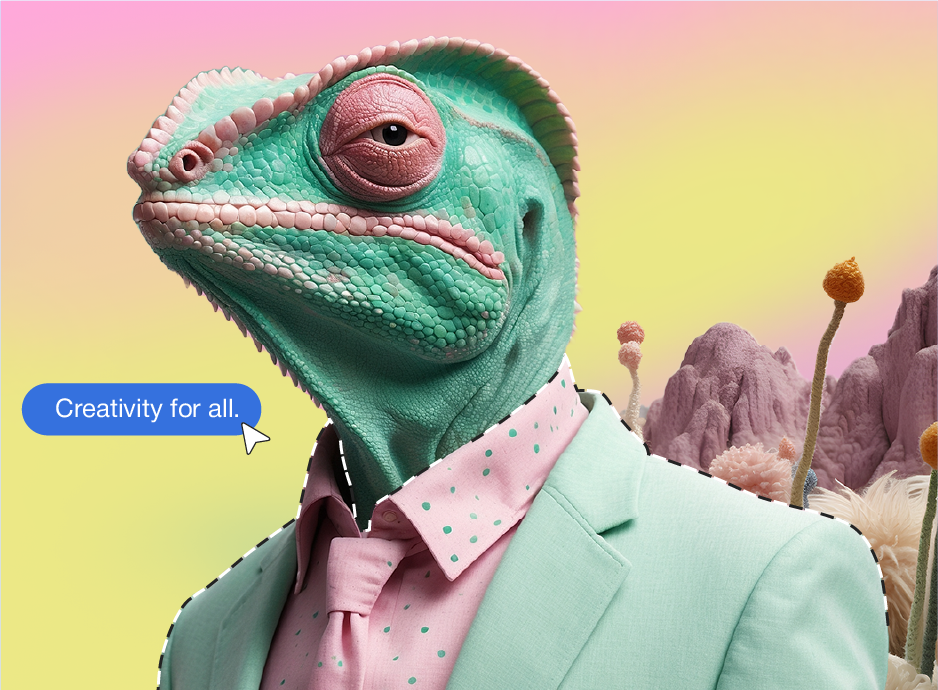
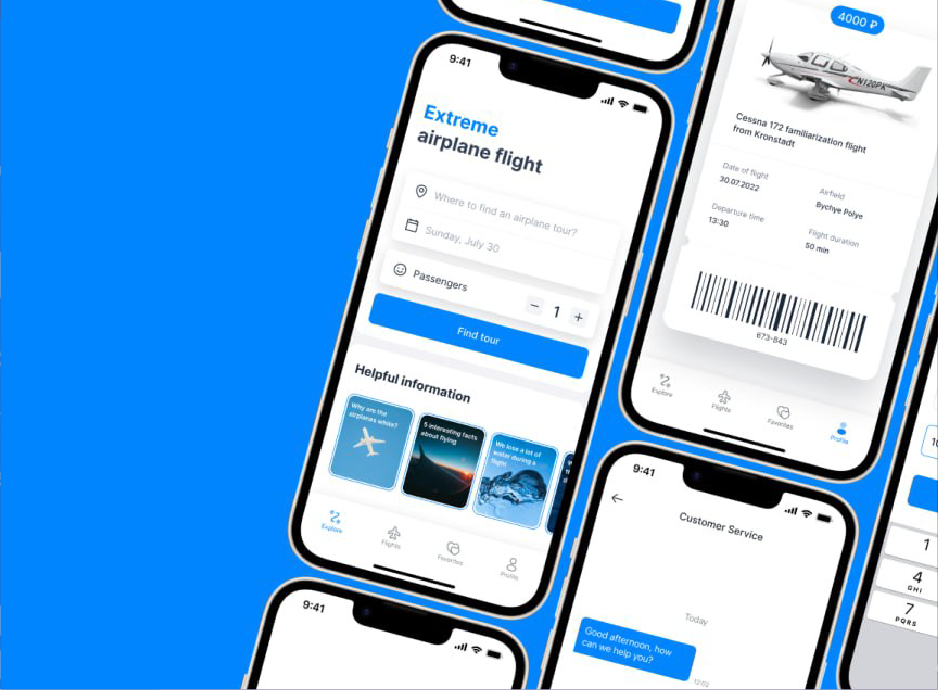


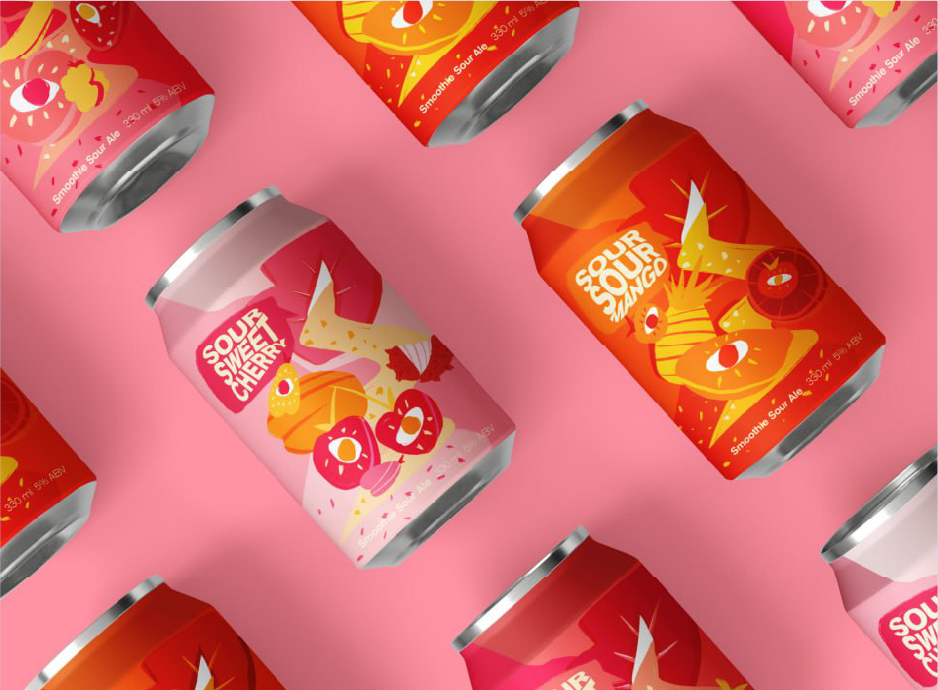
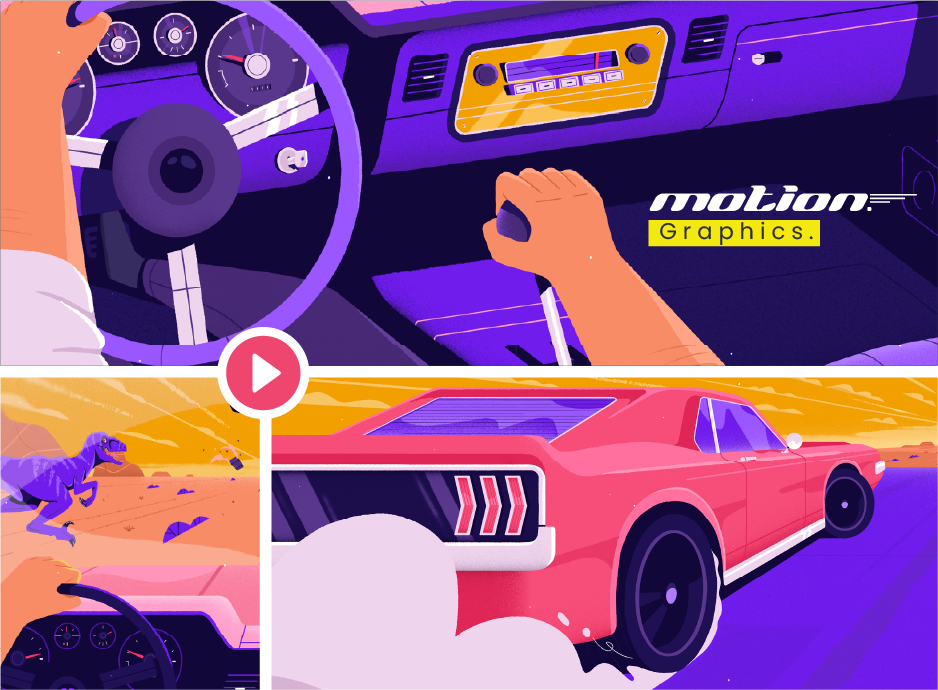
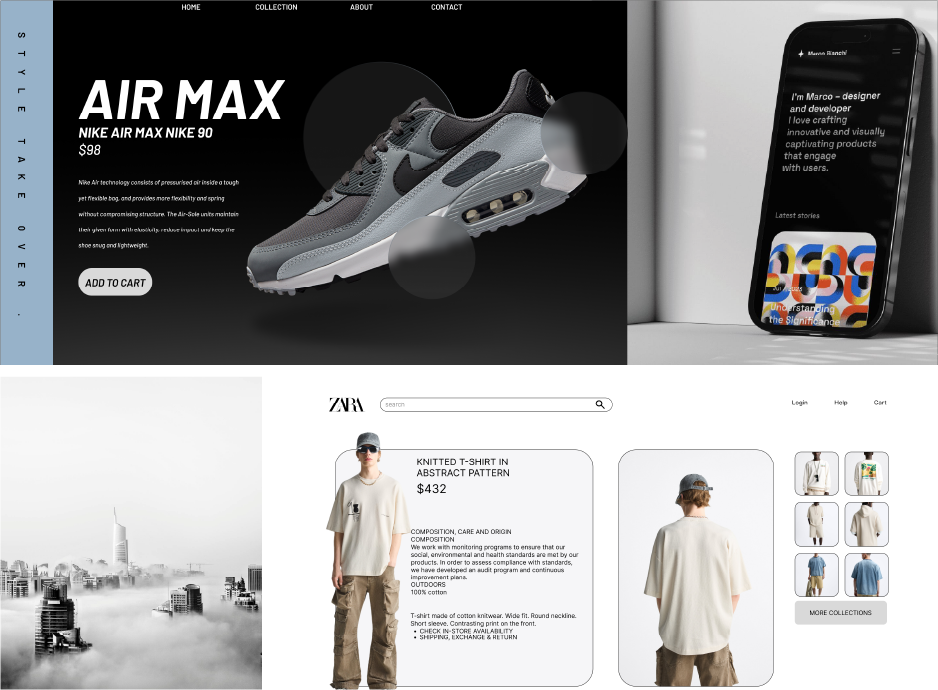


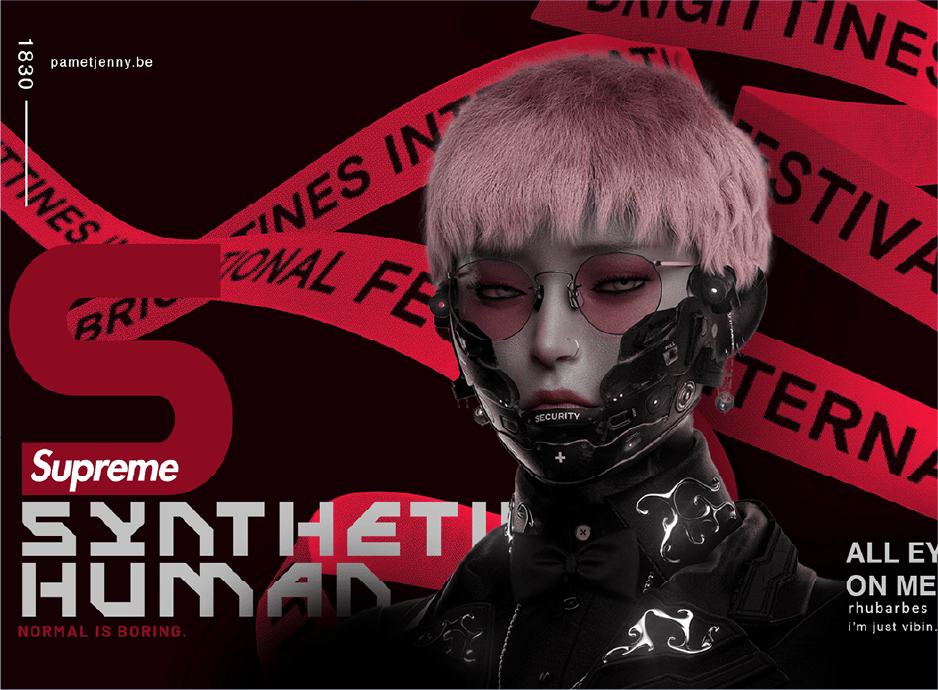
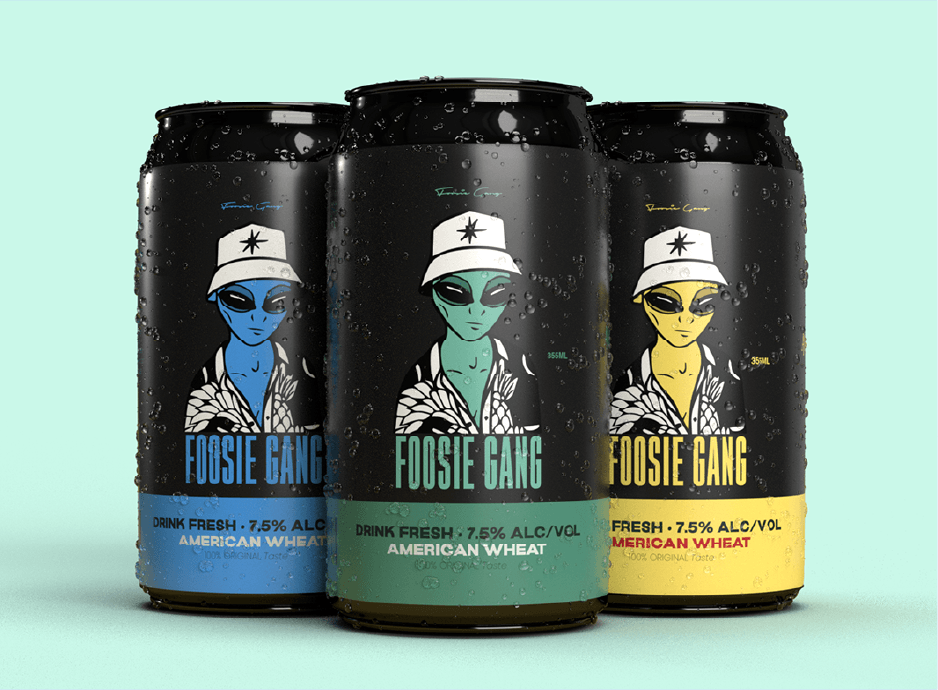


.jpg)
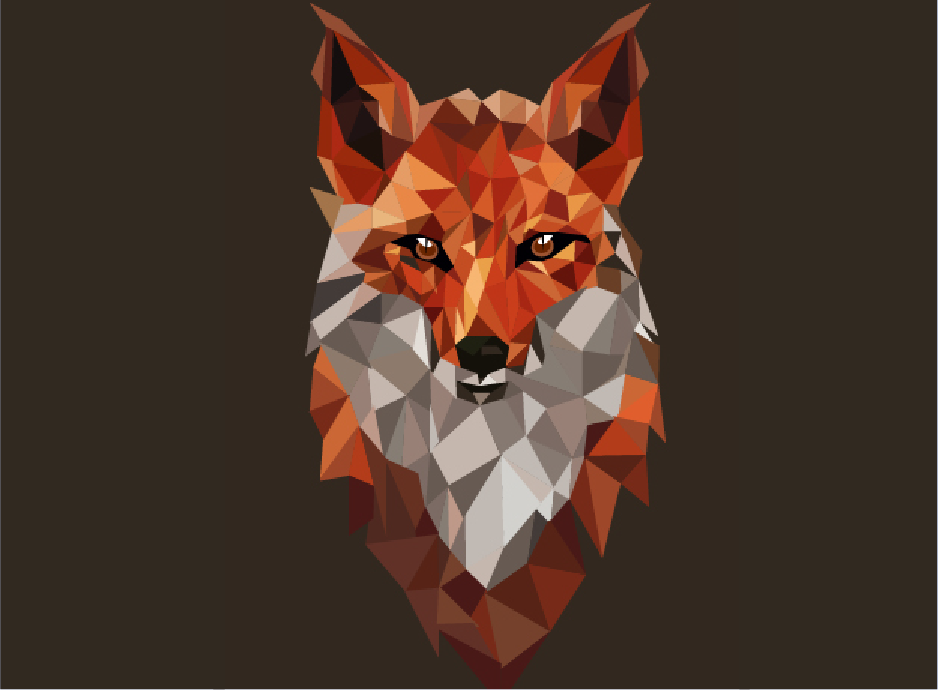
BOOK A FREE CONSULTATION